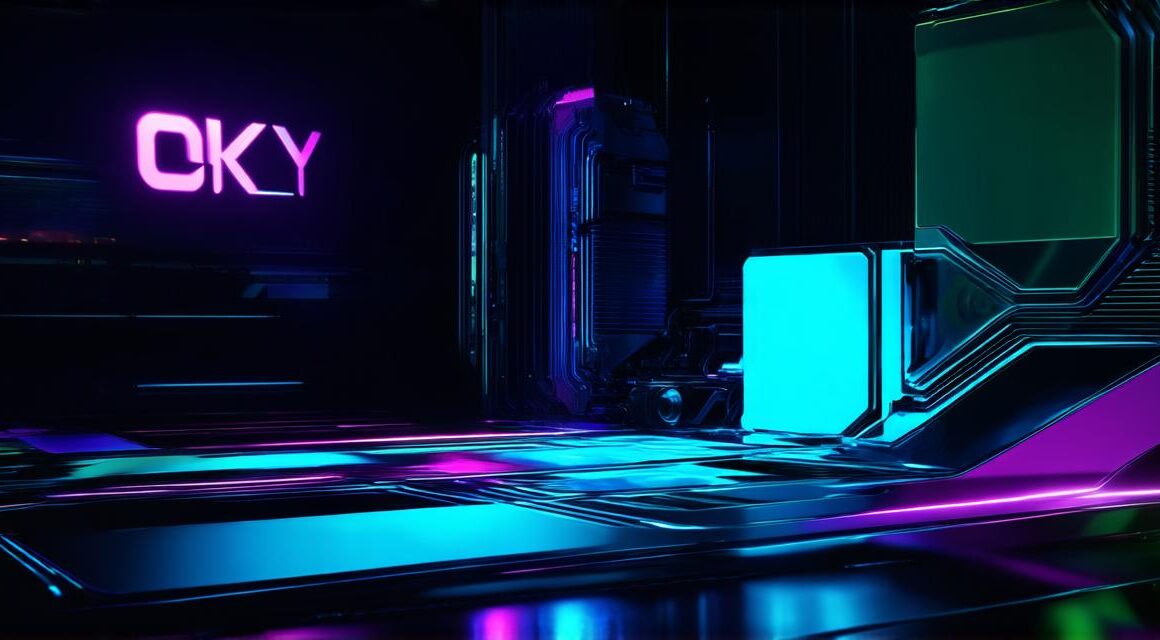Welcome to the world of 3D animations! In this guide, we will explore how to create beautiful and engaging 3D animations in Unity, one of the most popular game engines on the market. We’ll cover everything from basic concepts to advanced techniques, so whether you’re a complete beginner or an experienced developer, you’ll find something valuable in this guide.
What are 3D Animations?
3D animations are sequences of images or frames that create the illusion of movement when played together. In other words, they bring 3D models to life by making them move, rotate, scale, and deform in various ways.
Why are 3D Animations Important for Games?
3D animations are crucial for creating a realistic and immersive gaming experience. They help to convey emotions, actions, and reactions of characters and objects in the game world. Good animations can make the game more engaging, add depth to the story, and enhance the overall feel of the game.
Step 1: Create a New Project
The first step is to create a new project in Unity. You can do this by going to “File” > “New” > “Project”. Select the “3D Game Template” and choose the version of Unity you want to use. Give your project a name and select a location on your computer where you want to save it.
Once you have created your project, open it in Unity and you should see the main menu.
Step 2: Create a New Scene
The next step is to create a new scene. A scene is a container for all the objects and characters in the game world. To create a new scene, go to “Window” > “Scene” > “New”. Give your scene a name and select a template. You can choose from various templates such as 2D platformer, top-down adventure, or first-person shooter.
Once you have created your scene, you should see it in the “Hierarchy” window. This is where you will add all the objects and characters to your scene.
Step 3: Add Objects to the Scene
The next step is to add objects to the scene. You can do this by going to “GameObject” > “3D Object”. Choose the type of object you want to add, such as a cube or a sphere, and place it in the scene. You can also import your own 3D models by going to “Assets” > “Import Package”.
Once you have added the objects to the scene, you can select them and use the transform tools to manipulate their position, rotation, and scale.
Step 4: Create Animation Clips
An animation clip is a sequence of keyframes that define the movement of an object over time. To create an animation clip, go to “Window” > “Animation” > “Create”. Choose the type of animation you want to create, such as a walk or a jump, and give it a name.
Once you have created your animation clip, you can add keyframes by selecting the object in the scene and using the animator window. The animator window is located under the “Window” menu and is used to create and manage animations.
Step 5: Apply Animations to Objects
To apply an animation to an object, go to the “Animator” component in the inspector. You can add this component by dragging it from the “Components” folder onto the object in the scene. Once you have added the animator component, you can drag and drop your animation clip onto it.
Step 6: Set Up Animation Events
Animation events are used to trigger actions when certain events occur during an animation. To set up an animation event, go to the “Animator” component in the inspector and click on the “Events” tab.



